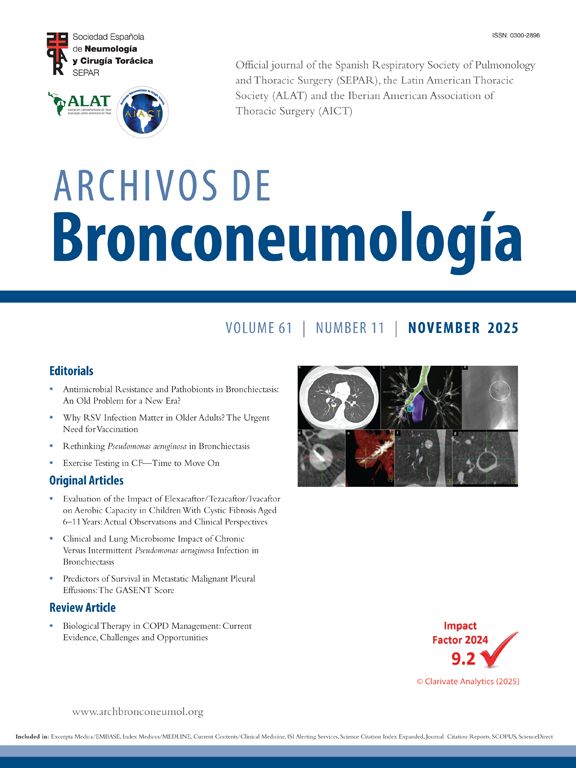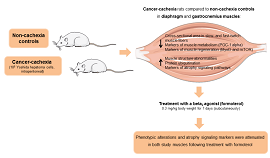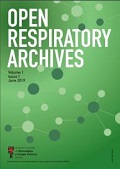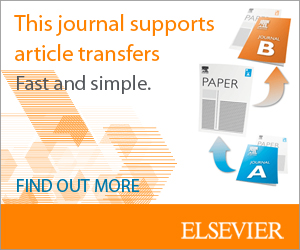The evaluation of muscle weakness patterns is fundamental in neurology and clinical medicine, guiding the diagnostic work-up toward specific neuromuscular conditions. Weakness may present as generalized or localized, proximal or distal, and symmetrical or asymmetrical. Disproportionate muscle weakness refers to the uneven loss of strength, either unilaterally or among different muscle groups. Although this concept is well established in limb muscles, its importance in respiratory muscles remains underrecognized, despite its critical impact on clinical outcomes.
Respiratory muscles are unique as the only muscles in the human body that combine both voluntary and automatic innervation essential for sustaining life [1]. They sustain life from the fourth month of intrauterine development until death. In neuromuscular diseases (NMD), weakness of these muscles can lead to hypoventilation, hypoxemia, ineffective cough, and aspiration [2,3].
However, weakness distribution varies considerably among diseases and may also evolve over time within the same condition. Some myopathies cause minimal respiratory involvement, while others – for example, Duchenne muscular dystrophy (DMD) or late-onset Pompe disease – exhibit early and marked expiratory muscle weakness, often before significant inspiratory impairment [4,5]. Recognizing these patterns is essential for anticipating complications, tailoring ventilatory strategies, and accurately interpreting respiratory function tests [6,7].
A key aspect often overlooked is how posture affects forced vital capacity (FVC) when respiratory weakness is disproportionate. In healthy individuals, supine FVC typically remains unchanged or shows a slight decrease due to the cephalic displacement of abdominal contents. In contrast, in bilateral diaphragmatic paralysis (BDP), this decline often exceeds 30%, reflecting the diaphragm's inability to counteract cephalad abdominal pressure, an important clue to diaphragmatic dysfunction [8,9].
Under physiological conditions, the abdominal muscles increase intra-abdominal pressure during forced or labored breathing, thereby assisting inspiration because tidal volumes originate from levels below the functional residual capacity (FRC). In BDP, this kind of inspiratory assistance becomes essential: their activation during expiration raises intra-abdominal pressure, displacing the diaphragmatic dome cranially and reducing FRC, which deflates the respiratory system below its relaxation volume. At the onset of the subsequent inspiration, the abdominal muscles relax. In so doing, they promote passive descent of the diaphragm and induce an increase in lung volume as the respiratory system returns toward its relaxation volume [10]. Electromyography of abdominal muscles has confirmed this compensatory inspiratory activation, providing objective evidence of diaphragmatic dysfunction and helping distinguish it from other causes of ventilatory insufficiency. Notably, this property was the basis for the use of the abdominal compression belt called intermittent abdominal pressure ventilation, which leverages the mechanics of abdominal muscle relaxation to support ventilation [11]. In this way, abdominal muscles effectively act as inspiratory muscles, facilitating ventilation despite diaphragmatic paralysis.
In patients with BDP, clinical assessment remains essential: palpation of the abdominal wall during inspiration offers initial bedside information on synchrony, but it is subjective, brief, and limited to wakefulness. Complementary objective tools, such as thoracoabdominal motion analysis with plethysmographic belts, allow prolonged monitoring of asynchrony patterns, even during sleep, providing quantitative parameters like global phase delay [12]. Although diaphragm ultrasonography is a valuable tool for assessing diaphragmatic function, several recent studies have highlighted that its accuracy may be limited in certain contexts, such as advanced neuromuscular diseases or obesity, where interpreting diaphragm excursion alone can be misleading [13–15]. Evaluating diaphragm thickening fraction can improve diagnostic accuracy, but clinical correlation and complementary methods remain essential for reliable assessment.
Conversely, certain patterns of predominant expiratory muscle weakness – such as those seen in lower cervical spinal cord injury (SCI) – may paradoxically cause an increase in supine FVC. In healthy individuals without spinal cord injury (Fig. 1A), FVC reflects the combined action of inspiratory (toward TLC) and expiratory (toward RV) muscles, and postural changes have minimal effect. In lower cervical SCI, where diaphragmatic function is relatively preserved, this paradoxical increase in supine FVC is explained by two concurrent mechanisms. In the seated position (Fig. 1B), flaccid abdominal muscles allow anterior protrusion of abdominal contents, displacing the diaphragm caudally and limiting its range of excursion. When the patient lies supine (Fig. 1C), the abdominal contents shift cephalically, passively elevating the diaphragm into a more favorable position for excursion, thereby improving FVC [16].
Effect of posture on FVC in a healthy subject (A) and in a patient with lower cervical spinal cord injury (SCI) (B and C). In healthy individuals (A), FVC remains stable across positions due to preserved inspiratory and expiratory muscle function. In lower cervical SCI, diaphragmatic function is largely preserved, but loss of abdominal tone (B) allows anterior displacement of abdominal contents, depressing the diaphragm and limiting excursion. In supine position (C), abdominal contents shift cephalad, passively elevating the diaphragm and improving its mechanics, leading to a paradoxical increase in FVC.
Though such physiological dynamics might appear intricate, their clinical implications are direct: misinterpreting postural FVC changes may lead to false conclusions regarding diaphragmatic function and result in suboptimal decisions for weaning or ventilatory support. For instance, in advanced DMD, diminished postural FVC differences may falsely suggest diaphragmatic recovery, when in fact, accessory muscle weakness progresses in parallel [17].
While clinical training often focuses on recognizing generalized or symmetrical weakness, disproportionate respiratory muscle involvement can often remain undetected, as it does not fit conventional patterns of assessment. The complex interplay between inspiratory and expiratory muscles, and their unique combination of voluntary and automatic control, may produce unexpected findings, such as paradoxical postural FVC responses, significantly altering clinical presentation and complicating interpretation of functional respiratory tests. While in the recumbent position, BDP is widely acknowledged to reduce FVC, an increase if FVC associated with lower cervical SCI is less evident and often overlooked. Detecting disproportionate respiratory muscle weakness is relevant in both chronic settings, such as in neuromuscular patients on nocturnal NIV or during polysomnographic sleep studies using thoracoabdominal belts and in acute scenarios, such as weaning failures, where positional changes can determine success. Considering disproportionate respiratory muscle weakness is therefore especially relevant in neuromuscular diseases, cervical spinal cord injury, and bilateral diaphragmatic paralysis, where early recognition may support timely and appropriate ventilatory strategies, ultimately improving patient outcomes. These findings require careful interpretation supported by objective methods to avoid misdiagnosis and optimize ventilatory care. Clinicians should remain alert for these patterns in both chronic and acute scenarios, as prompt recognition can significantly influence management, prognosis, and patient quality of life.
Declaration of generative AI and AI-assisted technologies in the writing processThis manuscript has been partially edited with the help English improvement services (Deep-L software).
FundingThis research did not receive any specific grant from funding agencies in the public, commercial, or not-for-profit sectors.
Conflicts of interestThe authors declare not to have any conflicts of interest that may be considered to influence directly or indirectly the content of the manuscript.











